The situation surrounding the protests in Los Angeles over immigration enforcement operations has escalated, drawing significant attention and responses from both local and federal authorities.
The protests, primarily in response to recent Immigration and Customs Enforcement (ICE) raids, have led to clashes between demonstrators and law enforcement.
In light of these events, the Trump administration has decided to deploy the California National Guard. This move has sparked debate between local leaders and federal officials, with each side accusing the other of mishandling the situation.
Deployment of National Guard
In an effort to address the growing unrest, the Trump administration announced the deployment of 2,000 National Guardsmen. The White House stated that President Donald Trump signed a memorandum to mobilize these troops to help curb what it described as lawlessness in California.
White House Press Secretary Karoline Leavitt stated that California’s Democratic leadership had failed to protect its citizens, prompting the need for federal intervention.
Defense Secretary Pete Hegseth also emphasized the urgency of the situation, announcing the immediate mobilization of the National Guard. He warned that if violence continued, active-duty Marines stationed at Camp Pendleton would also be called in.
However, California Governor Gavin Newsom strongly opposed the move, arguing that the state’s local authorities were fully capable of handling the situation without federal interference.
The Protests and Clashes
The protests started after reports surfaced of an ICE raid in Paramount, a city within Los Angeles County. However, Mayor Peggy Lemons later clarified that the agents were only staging in the area and no raid was occurring at that moment.
Despite this, demonstrations spread, with large crowds gathering near the federal building in downtown Los Angeles. These protests turned violent as federal agents clashed with protesters, leading to some arrests and confrontations.
The protests in Los Angeles were prompted by a series of ICE raids across the city, particularly in the fashion district. These raids led to the detention of hundreds of people, including children, which raised concerns among civil rights groups like the ACLU.
The protests in downtown LA saw demonstrators clashing with authorities, with reports of some protesters throwing objects at law enforcement vehicles.
On Saturday, the protests continued in the city of Paramount. Tensions rose when a car was set on fire in Compton, and Border Patrol agents clashed with protesters. The protestors reportedly threw objects at the agents, resulting in some arrests for assaulting federal officers.
Local and Federal Disagreement
The federal response to the protests has been met with resistance from local officials. Governor Newsom condemned the federal government’s actions, calling the National Guard deployment “purposefully inflammatory.”
He claimed that local law enforcement was equipped to handle the situation and did not need federal intervention. In contrast, ICE Acting Director Todd Lyons criticized Los Angeles Mayor Karen Bass and other local officials for not supporting law enforcement during the protests, which he described as violent riots.
Lyons’ statement claimed that federal officers were outnumbered and that it took more than two hours for the Los Angeles Police Department (LAPD) to respond to the escalating violence.
The LAPD, however, denied these claims, explaining that their delayed response was due to hazardous conditions, including the use of chemical irritants by federal agents. The LAPD asserted that they arrived as quickly as possible, considering the traffic and the volatile nature of the protests.
The Fallout and Response from Local Leaders
The protests have left many in Los Angeles feeling uneasy, especially immigrant communities who fear further raids and deportations. Mayor Bass condemned the ICE operations in her city, stating that they instilled fear in the community.
She also emphasized the importance of peaceful protests while condemning violence. Bass further clarified that neither she nor the LAPD had prior knowledge of the ICE raids, which added to the confusion and anger among residents.
In response to the protests, Bass worked closely with community organizations to ensure that the rights of demonstrators were respected. She reiterated that while protests were welcome, violence and destruction would not be tolerated.
On a larger scale, the situation highlights the deep division between local and federal authorities, particularly regarding immigration enforcement and the methods used by ICE.

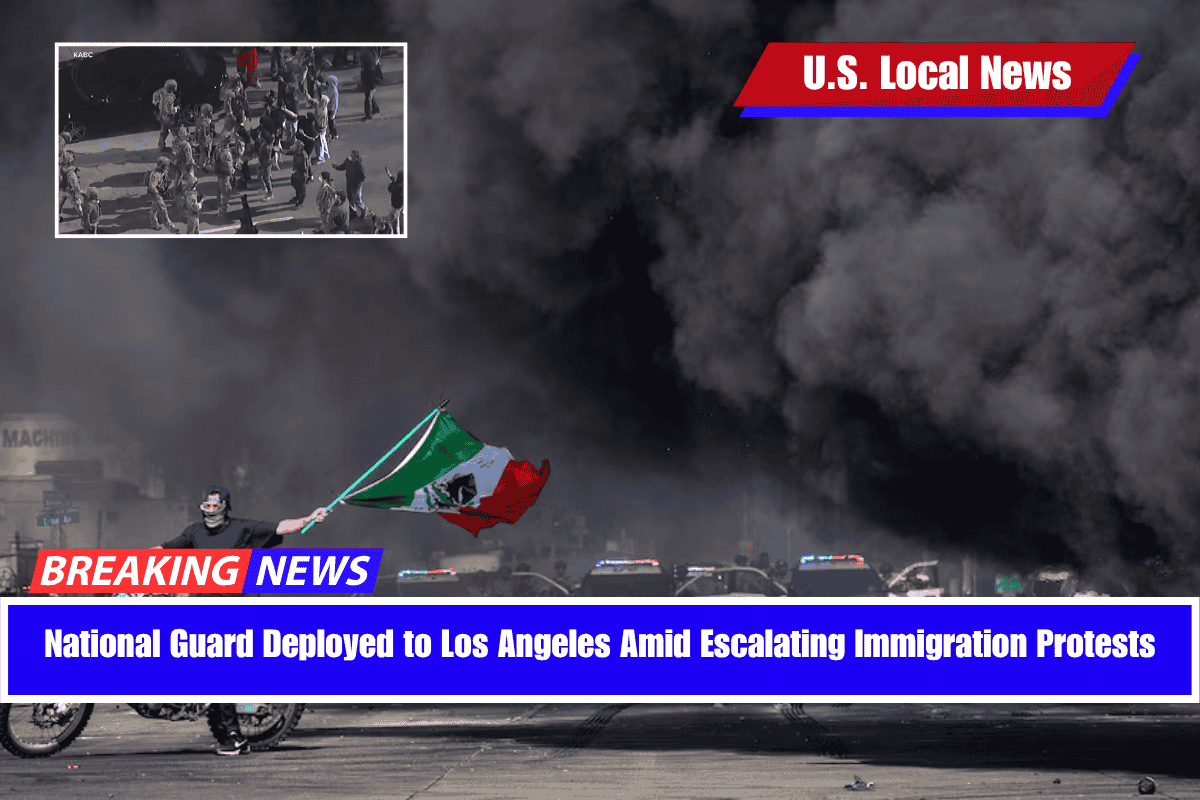
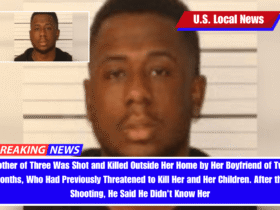
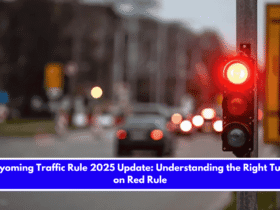
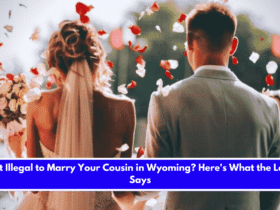

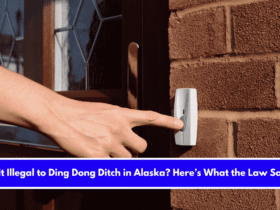
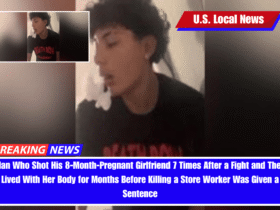
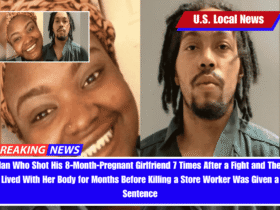
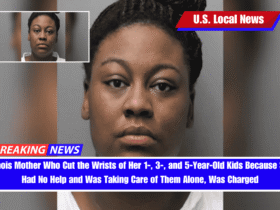
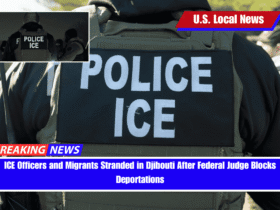
Leave a Reply